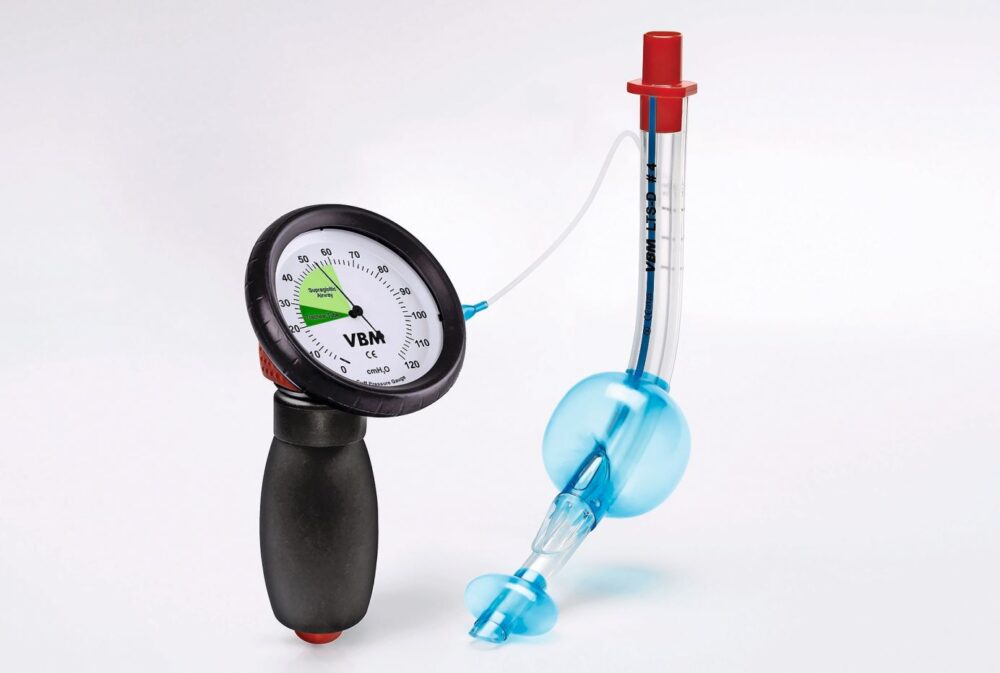SNV 1980-1990: "Long time no seat belt" - The seat belt!
Even today - despite all the technical advances - the seat belt is still the most important road safety measure for vehicle occupants and doubles their chance of surviving a road accident. Today, the obligation to wear a seat belt is a matter of course, but until it was introduced by law in 1981, there was a long debate and argument. A look at another decade in the 100-year existence of the Swiss Association for Standardization (SNV).

The need for the seat belt is not recognised as such from the outset and its history is correspondingly long, lasting until the 1980s! More than 20 years pass between its invention and its introduction in Switzerland. As early as 1959, the seat belt goes into series production with a Volvo model. In 1976, the Swiss Federal Council passes a decree making the wearing of seat belts compulsory, but the Federal Court annuls the compulsory requirement again as a result of a legal dispute. It takes another five years until, after the revision of the Road Traffic Act and a federal referendum, the law is narrowly accepted by the people and introduced from July 1981.
The long road to compulsory seat belt use
Today, the obligation to wear a seat belt is taken for granted by most people in Switzerland. Safety belts make an indispensable contribution to our safety on a daily basis and have been widely recognised since their introduction by law in the 1980s. To ensure that safety belts meet the complex safety requirements, they have also been discussed and standardised in international standardisation work. The 1980s not only increase road safety with the compulsory wearing of seat belts, they are also the time when the airbag system, also an invention of the 1950s, finds its first important ways into vehicle construction (ISO 12097-1).
The 1980s as the birth of the information age
The beginning of the information age is dated to the early 1980s. Computer technology makes great progress, IBM launches the first personal computer and people scramble for new inventions such as answering machines, microwave ovens and CD players. The new sound carrier, the compact disc (CD), will replace the vinyl record by the end of the decade and establish itself as a new technology (SN EN 60908). The Internet protocol TCP/IP is also spreading worldwide and becomes the standard for networking (SN EN 62457).
Invisible helpers ensure safety and smooth interaction in everyday life
Just as we rely on the safety of car seat belts when buckling up in our cars today, we use countless objects every day that only thanks to standardized regulations, procedures and processes guarantee us absolute safety and user-friendliness without us noticing.

Sources of this article: Wikipedia, Bfu.ch, ISO, German Commission for Electrical, Electronic & Information Technologies DKE









